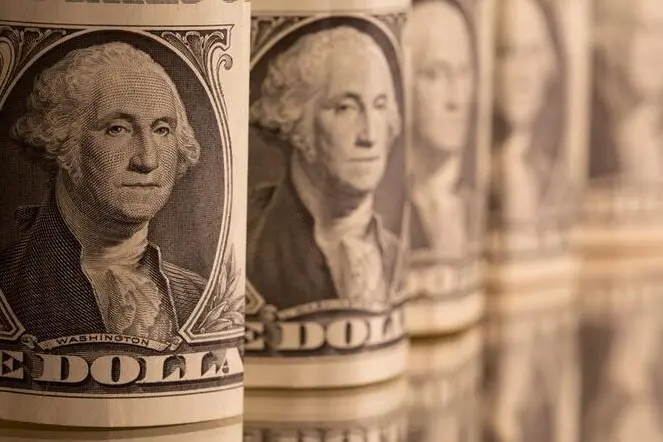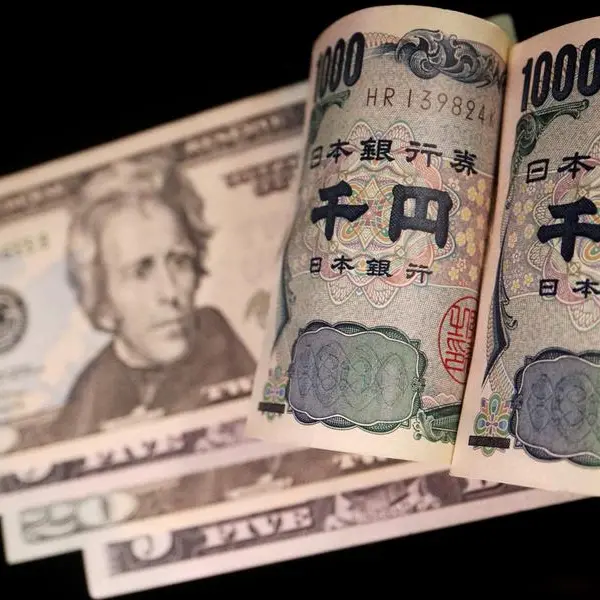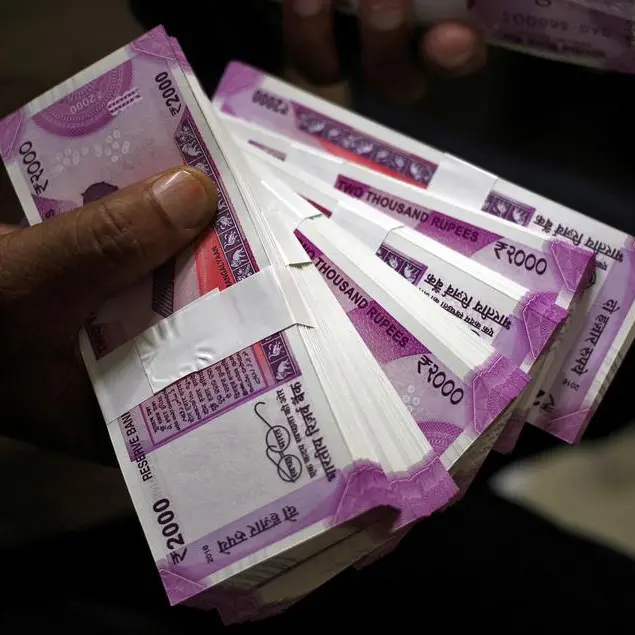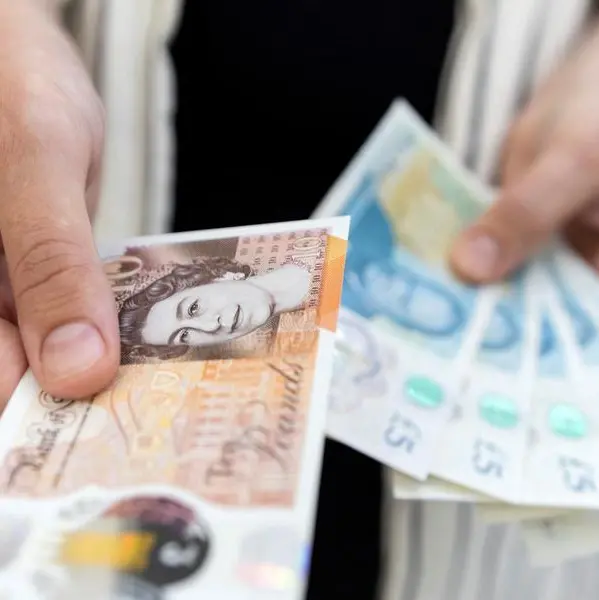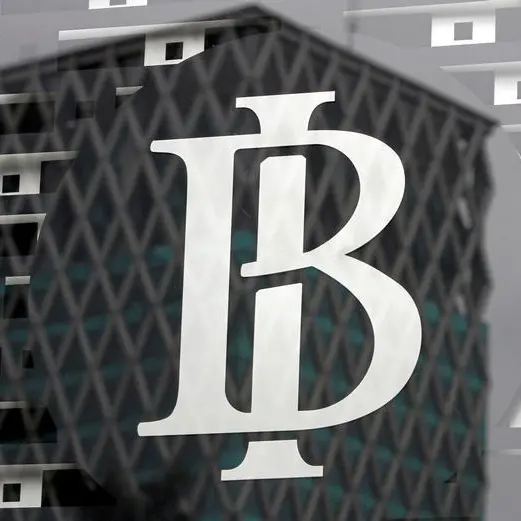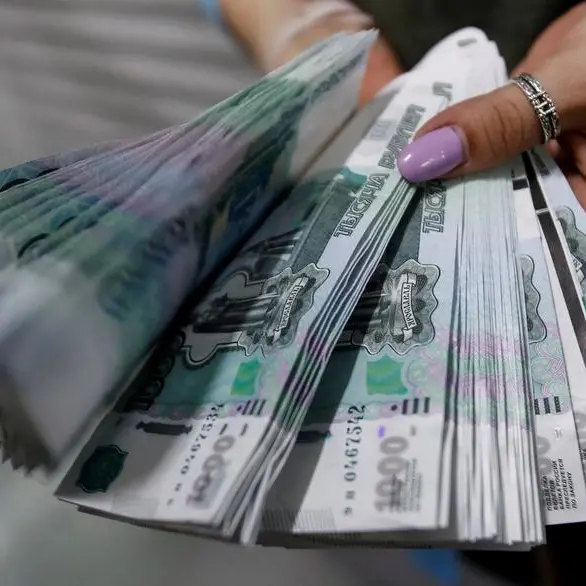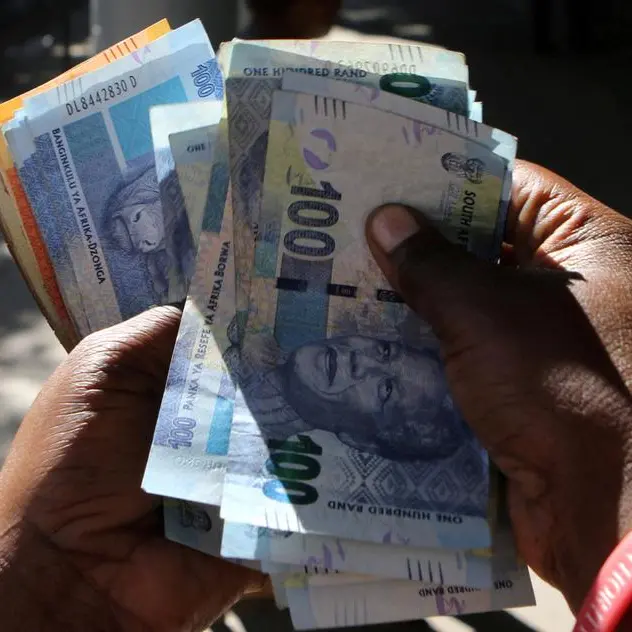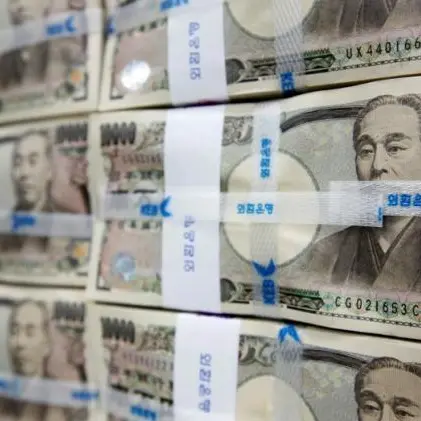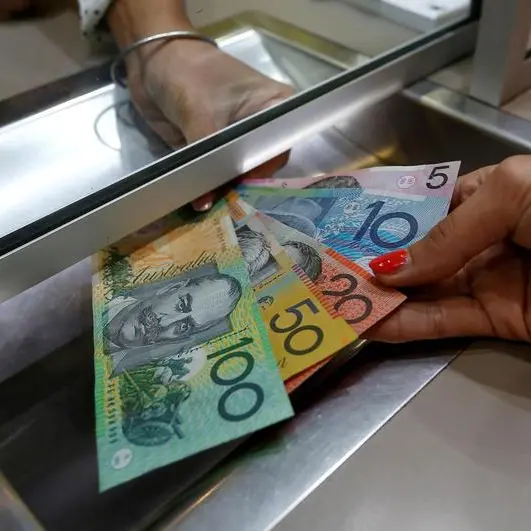PHOTO
Tokyo/London - The dollar slid on Tuesday as U.S. treasury yields paused in a relentless climb higher, providing brief relief to share markets and helping the euro and sterling move further off multi-year lows.
The Australian dollar was also in focus, sinking about 1% after the nation's central bank surprised markets with a smaller-than-expected interest rate hike, before recovering and catching onto the broad recovery in risk sentiment.
The euro was last up 0.5% at $0.9876, a moderate recovery from its 20-year low of $0.9528 on Sept. 26, while sterling was up 0.6% at $1.1390, off a record low of $1.0327 the same day.
A calmer British government bond market was also a relief for the pound after recent government-inspired turmoil.
In a statement on Monday, the Bank of England reaffirmed its willingness to buy long-dated gilts and the head of Britain's debt management office, overseeing the bond market, told Reuters in an interview the market was resilient.
"The pullback by the U.S dollar has coincided with a sharp correction lower for U.S. yields," MUFG analysts said in a note to clients, adding that the two moves had "brought some much-needed relief for risk assets and high-beta currencies."
MUFG flagged the New Zealand dollar up 2.6% since the start of the week and Norwegian crown, up 3%, as particular beneficiaries.
The moves in the dollar and yields appear to partially reflect market participants' greater comfort that the Fed is moving closer to the end of its rate hike cycle, they said.
"Market expectations for the Fed’s terminal policy rate for next year have come down from around 4.75% to 4.39%," they added.
The benchmark 10-year Treasury yield was lat 3.5677%, down sharply from last week when it briefly poked above 4%.
The relentless climb in U.S. yields, as the Federal Reserve raises rates aggressively, has been one factor behind the dollar's recent gains.
Shares in Asia and Europe also rose on Tuesday in line with the improved sentiment, following overnight gains in the United States
Elsehwere the dollar was little changed, at 144.7 against the yen, keeping below 145 after briefly popping above that level on Monday for the first time since Japanese authorities intervened to support their currency on Sept. 22.
Japanese finance minister Shunichi Suzuki repeated on Monday that authorities stand ready for "decisive" steps in the foreign exchange market if "sharp and one-sided" yen moves persisted.
The Australian dollar, which typically rises when investors become more confident about riskier assets, was up 0.15% at $0.6525.
That marked a recovery from trading down about 1% earlier in the day after the Reserve Bank of Australia raised rates by a smaller-than-expected 25 basis points, saying rates had increased substantially in a short period of time.
"Obviously the RBA hasn't been persuaded by what other central banks are doing, which does make the comment that they don't have any concerns about the exchange rate down here," said Ray Attrill, head of FX strategy at National Australia Bank in Sydney.
"There's no evidence yet that other central banks are about to step down the aggression with which they are tightening policy, (so) I think it makes sense for Aussie to be below 65 for the time being."
(Reporting by Kevin Buckland; Editing by Lincoln Feast and Clarence Fernandez)
